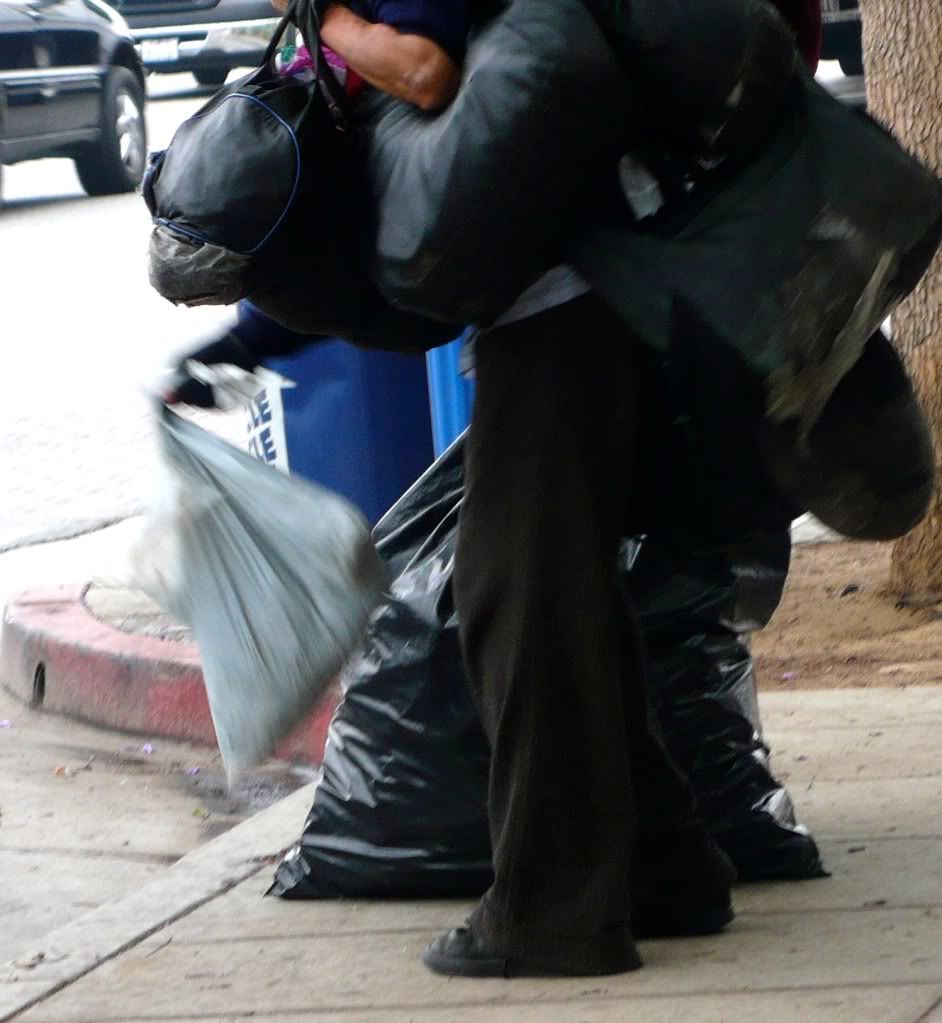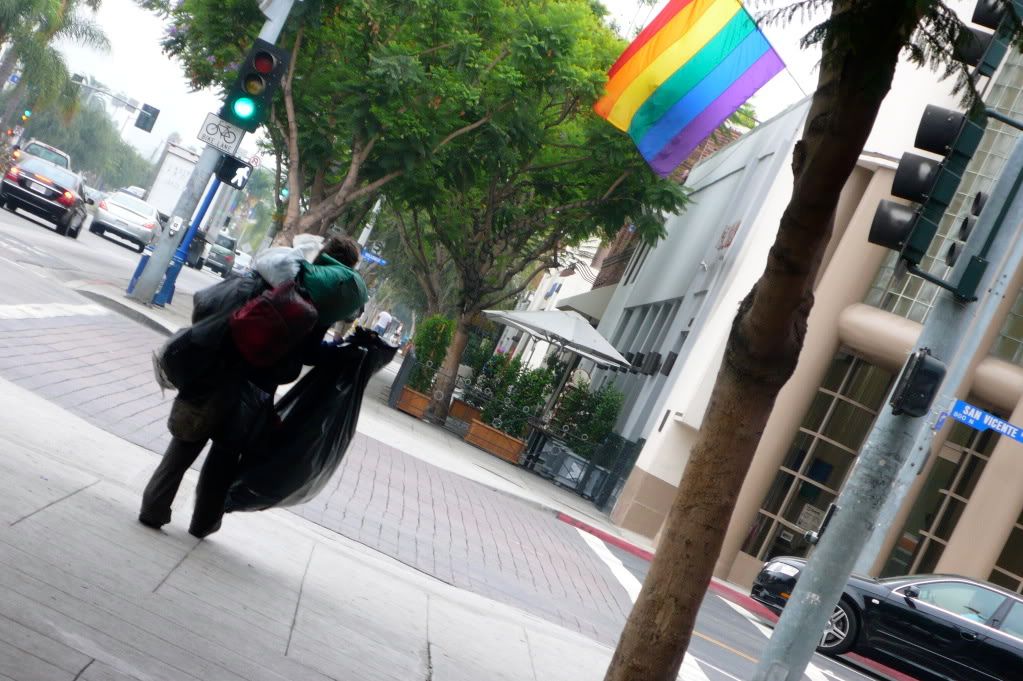Many factors contribute to the problem of homelessness in the City of West Hollywood and beyond. One such problem in West Hollywood is the rise in rent and living expenses for those in the area. People that have lived there for years, especially the elderly, Russian immigrant population, know the struggle of making rent. On one occasion, a resident had to resort to eating cat food due to the lack of money to buy food on account of high rent costs.
Affordable housing is a major issue facing the city today. Inclusionary housing and Section 8 programs have not been sufficient for the growing number of people in need. The current wait for Section 8 housing is 7-10 years. Many people, who can no longer afford to live in West Hollywood, escape homelessness, by moving to neighboring Hollywood or the Valley.
In recent years, West Hollywood has been seen as a “trendsetter” in their approach to homelessness. The city contracts out a number of their services to agencies that have worked hard at reaching out to those in need and connecting them to resources. The city does its best to meet the needs of all its residents, even those who sleep on benches. Part of the City’s Ongoing Strategic Goals includes supporting legislation that “addresses the need for shelters and for supportive services. (e.g. health, mental health and social services) for the City's homeless population.”
Although the City has no homeless centers or shelters within its boundaries, agencies such as People Aiding the Homeless (P.A.T.H.) in Hollywood and the SOVA Food Pantry in the Beverly-Fairfax area of Los Angeles are accessible. West Hollywood even host an event in conjunction with the two mentioned organizations called “Connect Day.” During this event, volunteers go on a 1 day outreach effort to transport homeless to a central location where over 60 public and private social service providers are available to them. Some of the services include essentials such as haircuts and other needed services. Plummer Park is a major resource center for homeless. The West Hollywood community center there opens its doors to the homeless daily, allowing them to take a nap in their common area and stay out of the heat on those really hot Southern California days. Recently, the city has made a great stride to address the affordable housing issue by developing the Sierra Bonita low income apartments for people in need. Housing will be awarded in the near future through a lottery system to the disabled. In coming years, the city hopes to make further efforts to reduce the homeless population and help develop lower income housing for its residents.
P.A.T.H. Homeless Shelter located in Hollywood is the closest homeless shelter for West Hollywood's homeless population:

The SOVA Pantry sponsored by the Jewish Family Service of Los Angeles

Representation of the homeless population in West Hollywood:








0 comments:
Post a Comment